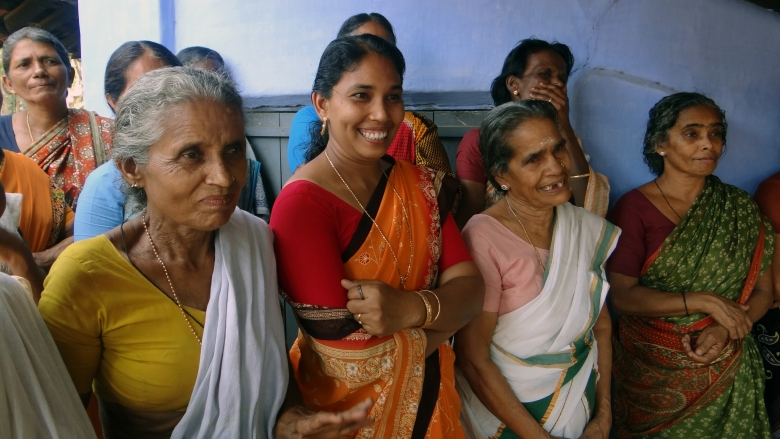- Till a few years ago Sudha Devi’s family was dependent on her husband’s apprenticeship job at a sweet shop in Patna, Bihar. Starting from small incremental loans of Rs. 2500 to Rs. 20,000, Sudha and her husband Sakhinder built up a successful local business which now has an annual turnover of Rs. 40 lakh.
- Women like Sudha Devi stand to benefit immensely from small-sized loans but find it a challenge to get credit from banks. The World Bank, UN Women and the Small Industries Development Bank of India (SIDBI) have recently launched a women’s livelihood bond that will help individual women entrepreneurs to take loans between Rs 50,000 and Rs 1.5 lakh at interest rates of about 13 percent in order to set up or scale-up their own enterprises.
- Rageshwari, a self-help group member took a loan of Rs. 6000 to start a small grocery store, which then enabled her to enroll her daughter into a nursing school.
The National Rural Livelihood Mission, which the World Bank has supported with a credit of $1 billion, is one of the world’s most innovative projects aimed at reducing poverty and creating sustainable livelihoods for the rural poor. . These groups have leveraged nearly $30 billion from commercial banks.
Other such programs are the National Rural Economic Transformation Project and the Bihar Rural Livelihoods Project, locally known as JEEViKA. The latter has mobilized more than 7 million rural women into self-help groups, which has then enabled them access to finance and markets.
After the devastating floods and landslides of 2013 in Uttarakhand, the World Bank, through the Uttarakhand Disaster Recovery Project, has helped restore housing, rural connectivity and building resilience state. . Of the 2,500 beneficiaries to this project, 10 percent are widows and 10 percent women-headed households.

